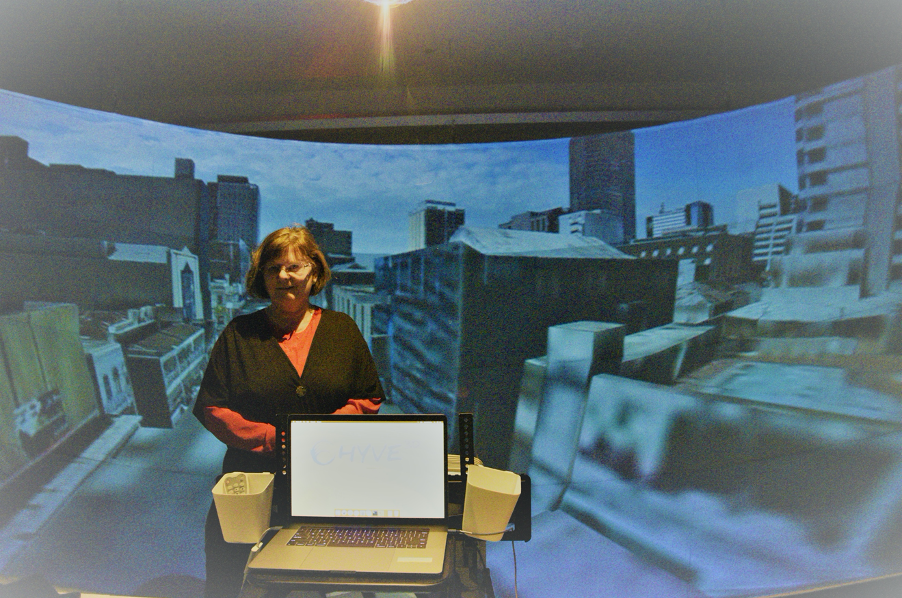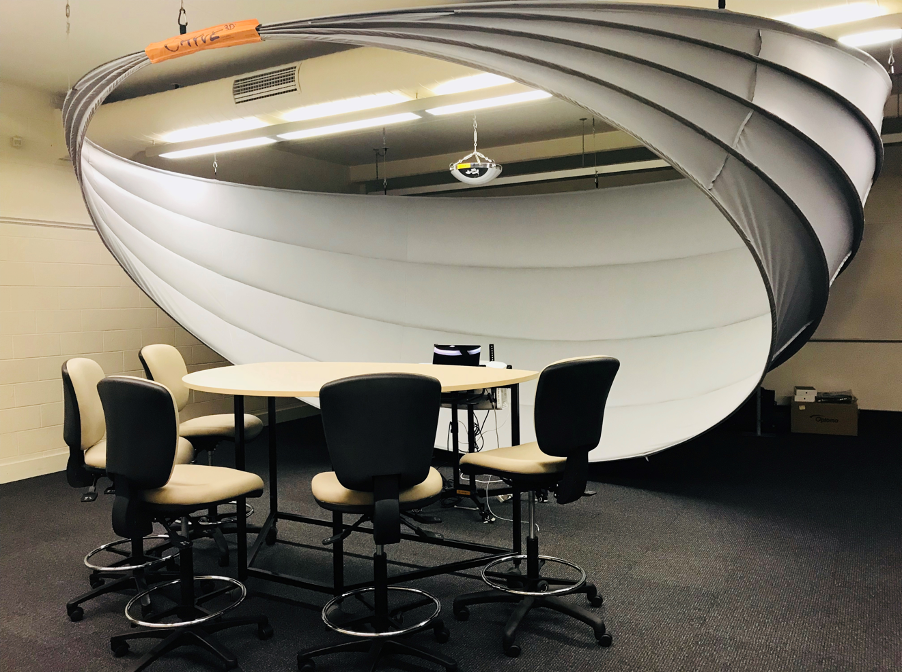- Our People
- Engineering Courses
- Built Environment Courses
- Students
- Engagement, News and Events
- Solar Car Website
-
Research
- - Centre for Infrastructure Engineering
- - Centre for Advanced Manufacturing Technology
- - Intelligent Infrastructure Engineering
- - Renewable Energy And Water
- - Urban Transformation
- - Advanced Manufacturing
- - Future Materials
- - Advanced Technologies For Human Machine Interface
- - Digital Systems And Design
- MakerSpace
- Work Integrated Learning
- Contact the School
- Higher Degree Research
- Alumni and Industry
- Women Transforming the Built Environment
- Women of Wisdom
- Dean's Merit List Recipients
- Indigenous ASPIRE Program
- Indigenous Strategic Plan
ARC Discovery
Rethinking housing: actor network analysis for digital collaboration
Summary
“Rethinking housing” aims to understand persistent housing sector supply problems through analysis of digital collaborative practices. The housing sector has long been criticised for shortcomings in affordability, efficiency, quality, social and environmental responsiveness and appropriateness of offerings. This project expects to generate new knowledge for an emerging housing digital economy using interdisciplinary actor-network theory and data visualisation techniques.
This three-year research is a Discovery Project funded by the Australian Research Council, and has a cash value of $443,188.

Impact
The study outcomes will be increased capability of digital collaborative practices by industry and government responsible for our housing supply sector. Improved capability will enable better policy and practice decision making by stakeholders on challenges plaguing the sector in providing an effective and efficient housing supply sector. Benefits will include a more professional workforce, increased competitiveness, higher quality housing stock and longer term a better quality of life.
Research Team
Western Sydney University
- Prof. Kerry London (Chief Investigator)
- Dr. Zelinna Pablo (Nominated Senior Research Fellow)
- Dr. Peng Zhang (Senior Research Associate)
University of South Australia
- Prof. Ning Gu (Chief Investigator)
- Aaron Davis (Senior Research Assistant)
Research Question
Our study’s central argument is “How can key housing sector challenges be addressed by strategically-formulated, digitally-supported collaborative practices that facilitate the effective integration of actors into inclusive networks?”
Research Approach
We use qualitative case study techniques to examine collaborative practice in housing supply networks. We use an analytical approach called actor-network theory, which allows us to examine both the social and technical dimensions of collaborative practice.
Case Studies
Case Study 1: Collaboration in Australia's first pop-up shelter
Pop-up shelters are temporary accommodations set up in vacant properties that are awaiting development approval, thus land and buildings can be allocated to housing for a window of at least 12 months. Our first case study involved the establishment of such a pop up, the first of its kind in Australia. A four-storey structure was made available to young people at highly affordable rental rates. The project team extended its mission beyond housing provision and has allocated support for a free grocery store, a free clothing facility, and free mobile laundry services. The case provides novel insights on organisational citizenship behaviours, developing creative solutions in the midst of interlocking planning regulations and the value of developing strategies in an emergent rather than top-down manner.
“…we met with two different service providers. We...just said, ’Look, we've got this place. You've been recommended to us. We don't know how long it's going to take to get a DA. It could be minimum 12 months, it could be longer, and we're looking for someone to perhaps - there's kids here, everywhere sleeping under the bridges and they're homeless and you go to The Cross, you go everywhere. There are all beds free. We want to help young people.’ Her eyes popped out of her head and said, ‘Look, that sounds fantastic. It's exactly what we do. But how much is it going to cost us?’ [Our manager] just looked at her and said nothing, ‘It's all yours.’"
Publication
London, K, Pablo, Z & Gu, N 2019, 'Robustness as resilience, mobility and stability: an actor-network approach to identifying typologies of Australian pop-up shelters', CIB World Building Congress 2019: Constructing Smart Cities, Hong Kong, 17-21 June 2019.
Case Study 2: New quality-tracking technology and its impact on collaborative practice
A multi-national housing developer launched a new tablet-based application that aimed at reducing the number of defects in completed houses. Our second case study was timely given recent controversies involving failures in quality in safety in Sydney apartments. Findings suggest that “quality” can be defined in different ways, technology-supported collaboration can have unexpected results and simple things like fading stickers can potentially stand in the way of a large scale initiative.
“So what the guys do is they walk into a house and they use the little round red dots to stick on where the issues are and the room became like it was a measles looking house and I remember that, because we did a whole PowerPoint… it was really funny, because we created a PowerPoint where it just like measles and like a diseased sort of house, where you walk in and red dots everywhere. It was just inefficient because there’s lots of paperwork and people had to carry lots of paper with them, got the customer to sign on paper and everything was just paper and handwritten notes, which was quite illegible sometimes and it was just cumbersome. So then they decided at that point everything was going digital… then [we] decided, okay, let’s just see if we can do something on a tablet, or on an iPad.”
Publication
Watch this space for published findings.
Case Study 3: Collaborative practice in the pursuit of ambitious social and environmental goals
Our third case study involved a project team with a unique and complex ecology of goals: a building that would bring together and house diverse programs, including long-term retirement accommodation, short-term disability respite accommodation, commercial office and retail space, and a range of services for people experiencing homelessness, substance abuse, and other social issues. In addition, the building has achieved the highest green-star rating for a commercial building in Adelaide, South Australia. In our analysis, we explore how the complex and sometimes competing metrics used by financial institutions, environmental consultants, commercial clients and vulnerable groups were negotiated. The analysis covers decisions that range from high-level strategic decisions like overall capacity, building access and flow, and environmental sustainability objectives, through to more specific operational issues such as implementing elevator access for residents with disabilities.
“…the owners talked really clearly about the fact that they felt that they were representing the people in society who were most vulnerable to future impacts of climate change and therefore they should be the ones that have the best access to sustainable buildings and to knowledge about how to reduce their impact on the environment. And so to me on this project, the social and environmental were really closed tied together and that doesn’t normally happen.”
Publication
Watch this space for published findings.
Digital Collaboration through HyVE 3D

During the simulation phase of our project, we will invite stakeholders from private and public housing organisations to digitally collaborate by manipulating building and precinct information models at our collaborative space at the WSU Parramatta South Campus.
We will design simulations where housing stakeholders will be asked to complete a collaborative task to address a housing problem. Examples are citizen consultations or getting a group to redesign a simple building façade. The simulation will involve the use of HyVE 3D, a collaborative virtual environment where participants can annotate and sketch on existing digital models.
We designed the HyVE’s setup after consultations with colleagues in the HyVE community in Montreal, and have finally achieved the configuration we want: a space designed to draw participants into a tight collaborative huddle, which we will then film for research purposes. The research team members at UNISA has a HyVE facility as well, and we anticipate that collaborative simulations involving both locations will be part of our methodology.
Mobile options:

